Percent Humanity Required To Grow Food Over Time Chart Thanks to the innovations of the Green revolution we grow enough food to feed the world 1 5 times over yet malnutrition is the new problem As of 2017 820 million people are undernourished 10 8 of the world population and obesity rates have tripled since 1975 Rockefeller Foundation
Under medium population growth production around the world would have to increase to 14 060 trillion crop calories to feed 9 75 billion people in 2050 This is a 47 percent increase in crop calories from a 2011 baseline The percentage of global habitable land area needed for agriculture if the total world population was to adopt the average diet of any given country Values greater than 100 are not possible within global land constraints
Percent Humanity Required To Grow Food Over Time Chart
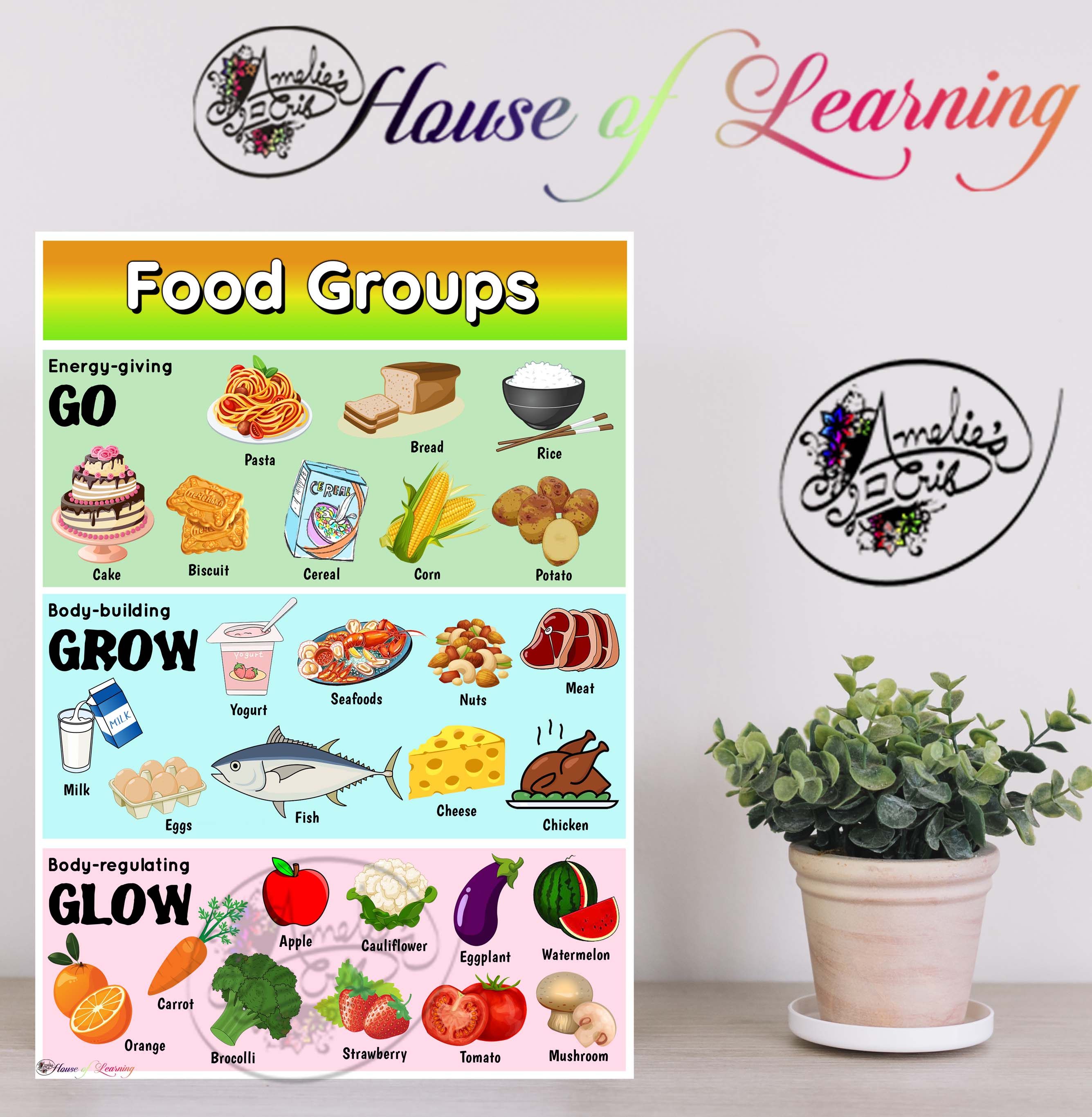
Percent Humanity Required To Grow Food Over Time Chart
https://ph-test-11.slatic.net/p/91bac84ce8c02703a95b2da8c3651444.jpg
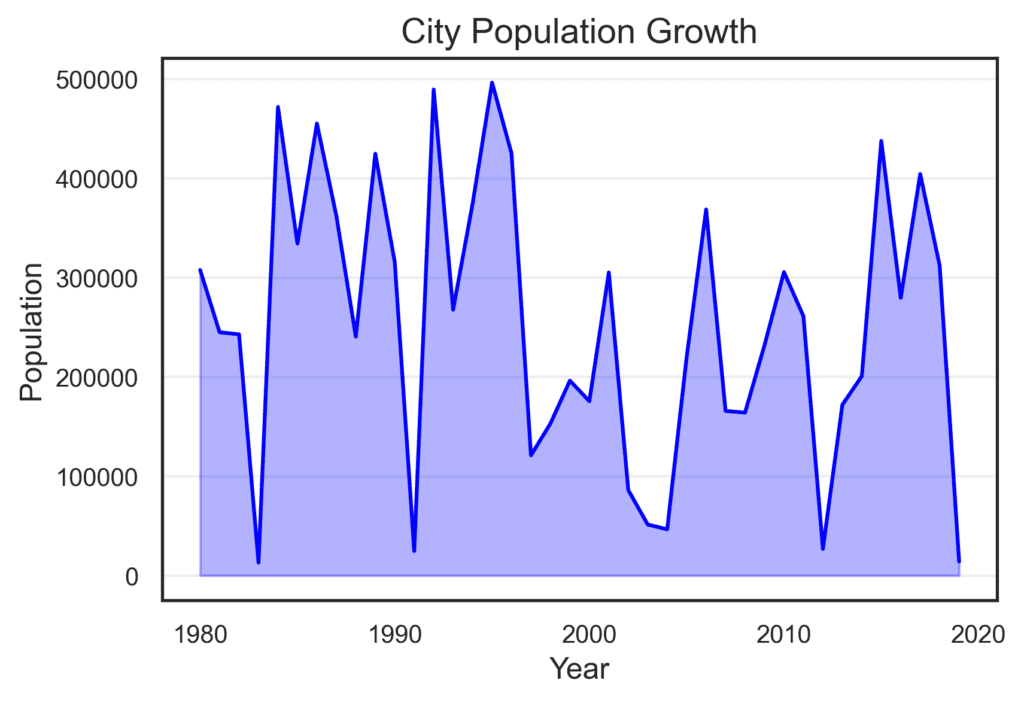
4 Chart Types That Display Trends Over Time QuantHub
https://www.quanthub.com/wp-content/uploads/area_chart_population-1024x702.png
Food Groups Go Grow Glow Laminated Educational Chart A Wall Charts Sexiezpix Web Porn
https://cf.shopee.ph/file/sg-11134201-22110-asebf4m003jv82
An easy to digest series of inforgraphics that illustrates what the WRI calls a 5 Course Menu of Solutions outlining on how the food system can close critical gaps food land GHG emissions to sustaianbly feed the estimated population by 2050 The report explores three main gaps that the world has to overcome on its way toward a better food system the food gap the land use gap and the greenhouse gas emissions gap that all boil down to sustainability By 2050 the global population will reach nearly 10 billion people and global food demand will soar by 56
How has the availability of food changed over time How does food supply vary across the world today By Max Roser Hannah Ritchie and Pablo Rosado This page was first published in March 2013 and last revised in December 2023 See all interactive charts on food supply In 2050 would require raising overall food production by some 70 percent between 2005 07 and 2050 Production in the developing countries would need to almost double These trends mean that market demand for food and feed would continue to grow
More picture related to Percent Humanity Required To Grow Food Over Time Chart

USDA ERS Chart Detail
https://www.ers.usda.gov/webdocs/charts/58159/findings2_fig02_768px.gif?v=7269.4

USDA ERS Chart Detail
https://www.ers.usda.gov/webdocs/charts/95224/Disposable_income_spent_on_food.png?v=3022.4

USDA ERS Chart Detail
https://www.ers.usda.gov/webdocs/charts/100003/Share_of_disposable_personal_income_spent_on_food_1960-2019.png?v=1414.8
By 2050 the population is predicted to reach 9 6 billion people an extra 2 5 billion people over the course of 30 years or around 200 000 more mouths to feed each day In a study published in 2013 Deepak K R et al suggested that to meet the food demand by 2050 our current agricultural production must double How much and what types of food do countries produce across the world Agricultural production is not only fundamental to improving nutrition but is also the main source of income for many Increases in crop production are key to ending hunger as
The dominant paradigm of global food security is that humanity needs to increase food production by 50 to 100 by 2050 The consensus is that this is partly due to population growth but mostly because this population is shifting towards more meat Food is essential to our livelihoods but the proportion of people working in food production has declined over time As countries develop technology improvements and increasing yields typically lead to fewer people working in agriculture The chart below shows data from the World Bank on employment in agriculture over time Globally about 1

USDA ERS Chart Detail
https://www.ers.usda.gov/webdocs/charts/58367/food-prices_fig09.png?v=3176

USDA ERS Chart Detail
https://www.ers.usda.gov/webdocs/charts/61842/thr-income-spent-on-food.png?v=1637.9

https://earth.org › data_visualization › food...
Thanks to the innovations of the Green revolution we grow enough food to feed the world 1 5 times over yet malnutrition is the new problem As of 2017 820 million people are undernourished 10 8 of the world population and obesity rates have tripled since 1975 Rockefeller Foundation

https://www.ers.usda.gov › data-products › chart...
Under medium population growth production around the world would have to increase to 14 060 trillion crop calories to feed 9 75 billion people in 2050 This is a 47 percent increase in crop calories from a 2011 baseline

USDA ERS Chart Detail

USDA ERS Chart Detail

Grow Foods Chart
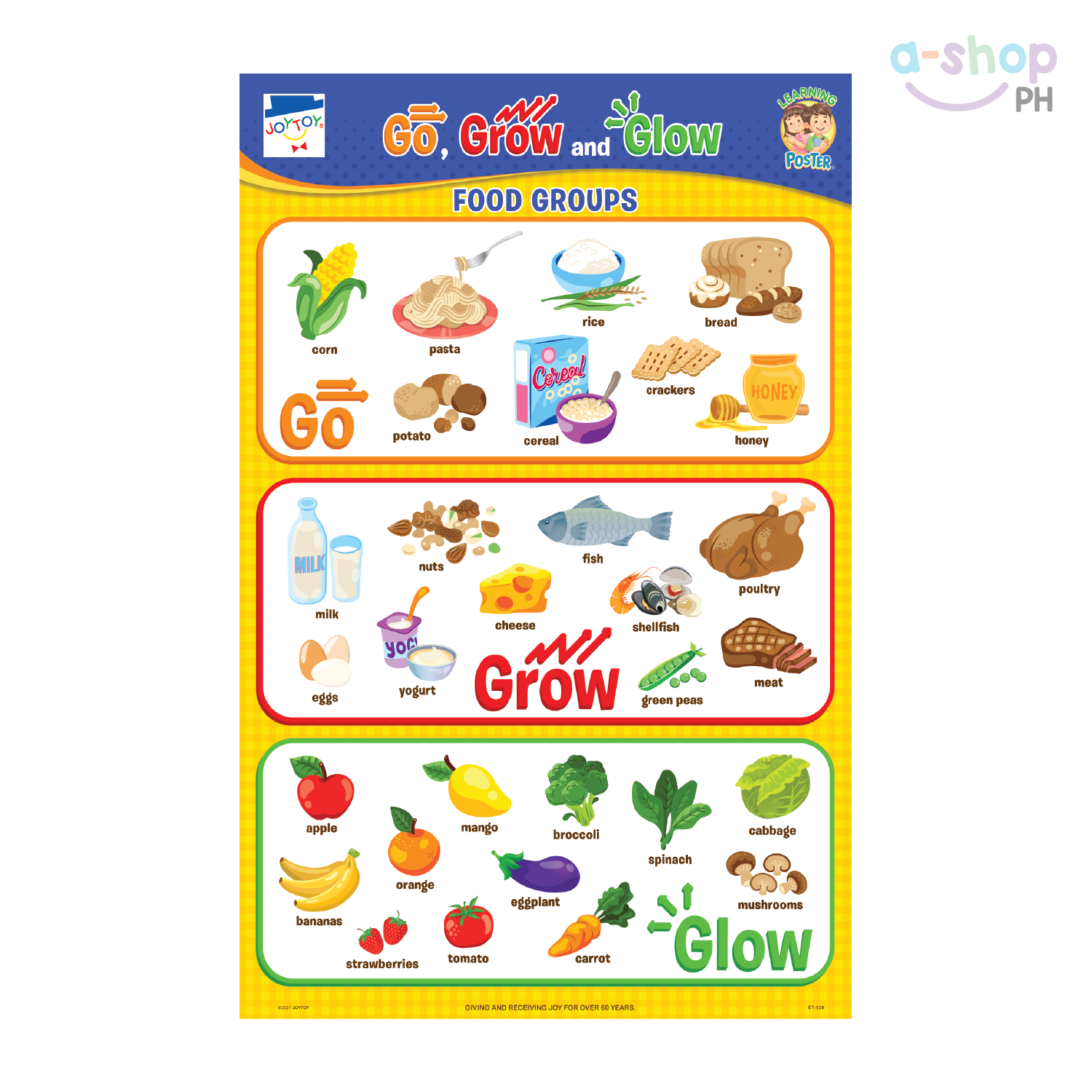
Grow Foods Chart
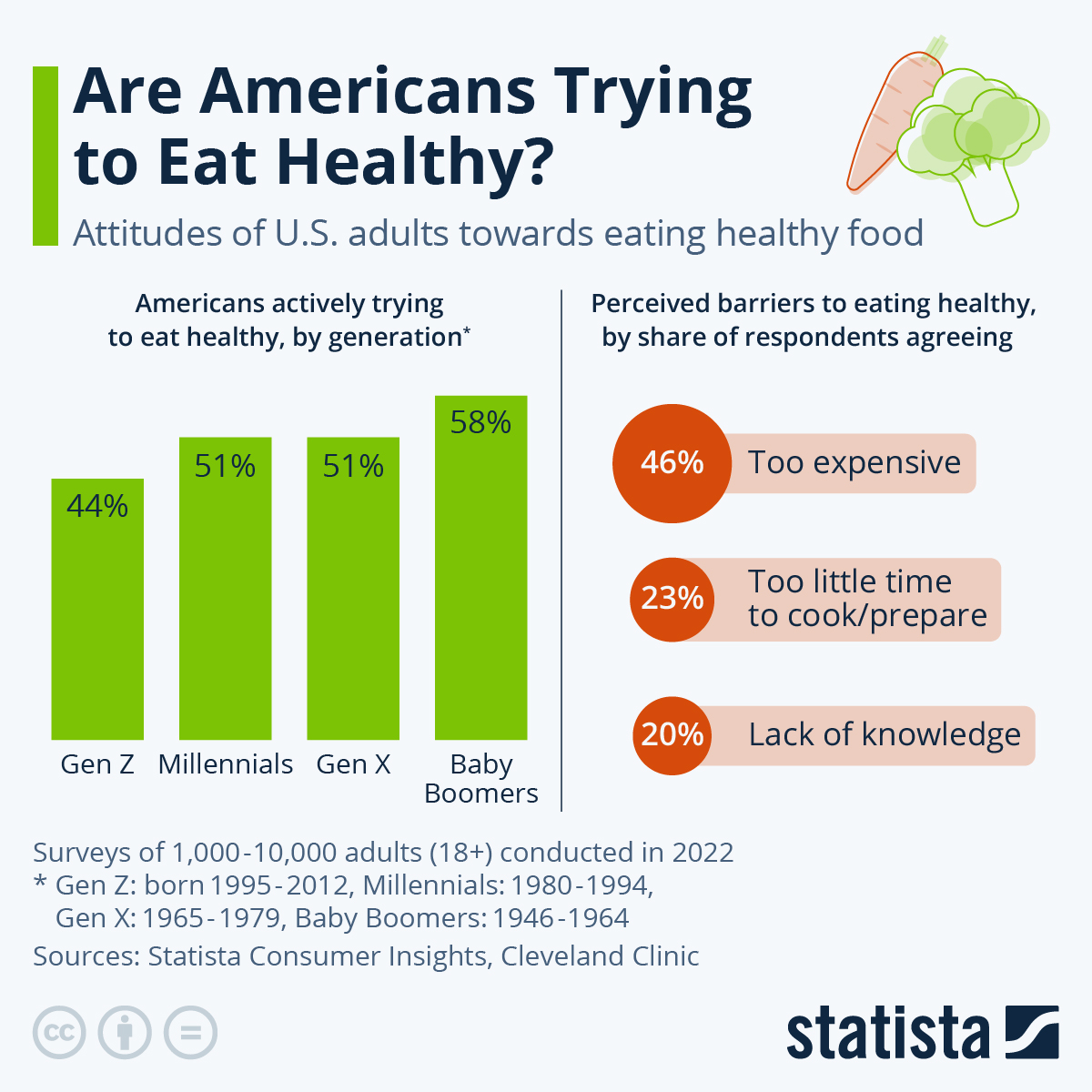
Chart Are Americans Trying To Eat Healthy Statista
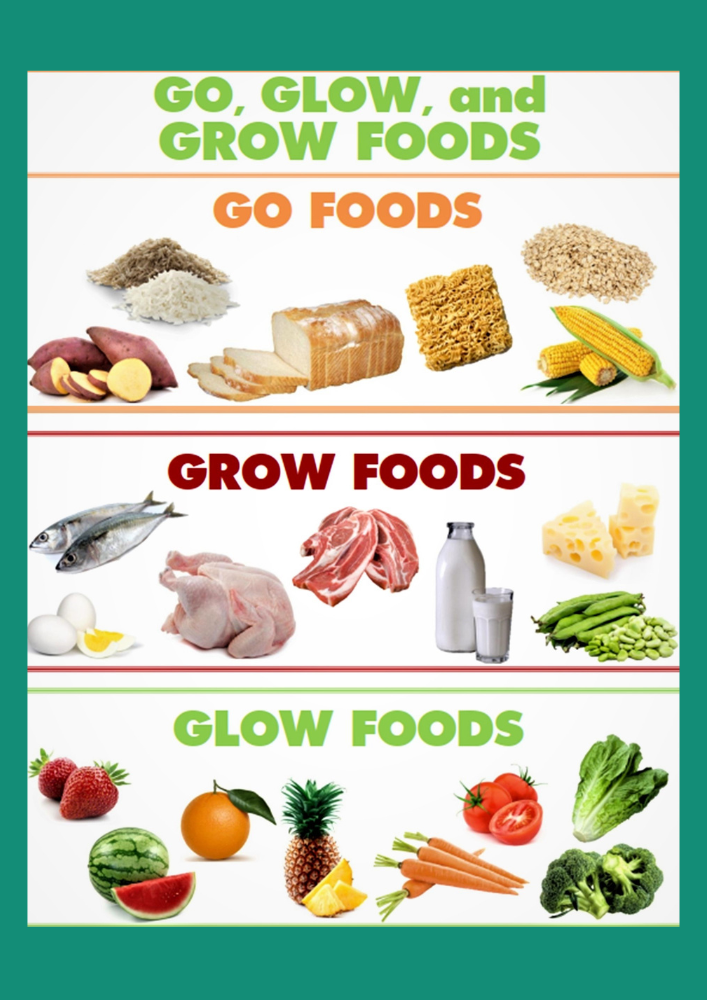
Grow Food

Grow Food

Statistics On The Future Of Fast Food GWI

Food And Humanity Scaling To Feed 10 Billion People And Beyond Stanford School Of Earth

Chart 1 In 5 Americans Eat Fast Food Several Times A Week Statista
Percent Humanity Required To Grow Food Over Time Chart - Some 820 million people are already undernourished yet demand for food is projected to soar more than 50 percent by 2050 as the population increases to 9 8 billion people Demand for animal based foods is projected to increase 70 percent over the same time period